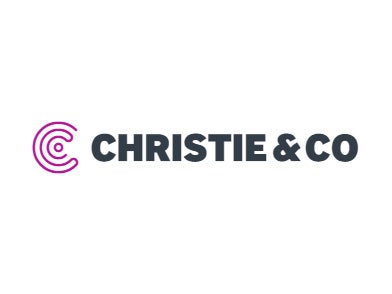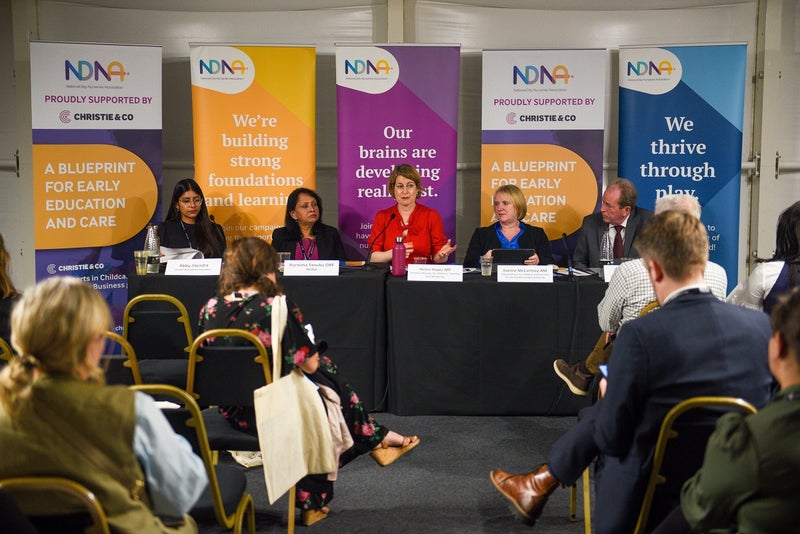New report to evaluate the state of the nursing workforce
Christie + Co company news

As the UK population is growing older, living longer and suffering from an ever increasing range of conditions, the need for quality care has never been higher. In a report ‘The UK Nursing Workforce: Crisis or Opportunity’ launched today, Christie + Co, specialist property advisers, look at the main issue affecting the care sector; staffing.
Staffing is one of the most important factors in the delivery of high-quality care and, following a number of staffing–related scandals in health and social care, has moved into the spotlight of both operators and regulators in recent years. Frequent reference has been made to a shortage of nurses in both the NHS and adult social care while operators have also reported a dramatic increase in the use of agency staff and staff costs.
The report looks at the key factors influencing the fluctuating number of nurses over the past 10 years including:
- The number of publicly funded nurse training places at UK universities
- UK government policy concerning immigration from outside the EU
- The EU economic situation influencing immigration from within the EU
- An upward shift in the average retirement age
In the report Christie + Co look at the true extent of the staffing problem, with insight from a survey shared with 12 of the largest nursing home operators in the UK. Key findings of the survey are:
- The use of care agency staff has increased by 55% over the past two years. The cost of agency staff typically exceeds the cost of regular staff by over 100% on a per hour basis.
- The total agency share of staff costs increased at a lower rate than the agency share of hours, 51% and 55% respectively, indicating that wages for regular, non-agency, nursing staff have risen at a faster hourly rate than agency rates.
- The growth in agency usage, together with high wage increases has resulted in increased staff cost ratios.
Christie + Co forecast that the most likely scenario over the next five years is that the shortage in nurses will stay at its current rate of 15,000, but will require a system-wide innovation in staff usage in order to cope with an ageing population. In the worst case scenario the shortage could grow to over 60,000 nurses, however this would require a combination of negative factors including a lack of innovation, a substantial reduction in immigration and a high number of nurses leaving the register.
In order to close the gap between demand and supply, Christie + Co suggest a combination of four things need to happen; the industry needs to significantly optimise the way nurses and care practitioners deliver care; every measure needs to be undertaken to entice nurse to enter, or re-enter the industry and keep them from leaving; the number of funded university places needs to be substantially increased; and immigration needs to be encouraged and the barriers to overseas recruitment reduced.
Michael Hodges, Director of Healthcare Consultancy at Christie + Co comments: “The findings of our report highlight the need for innovation in the sector from operators, regulators and policy makers. The announcement by the government today of an intention to place controls on payments to staffing agencies highlights the inefficiencies in workforce planning as detailed within our report. However, we believe that to fully address the issue, all parties need to address fundamental problems including a shortage of university place, training, up-skilling staff and immigration. With effective collaboration to provide a system wide solution to the crisis, we can ensure that there is a stable nursing workforce to meet the growing demands of an aging population.”



















